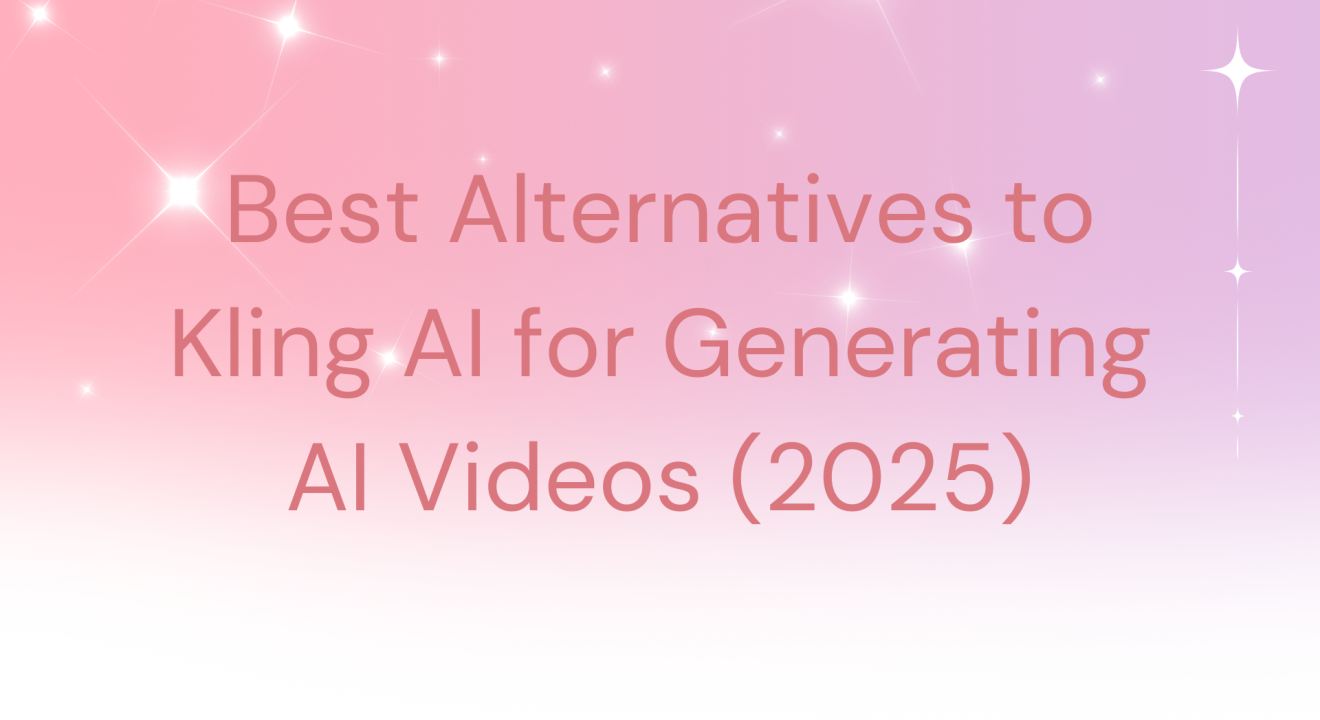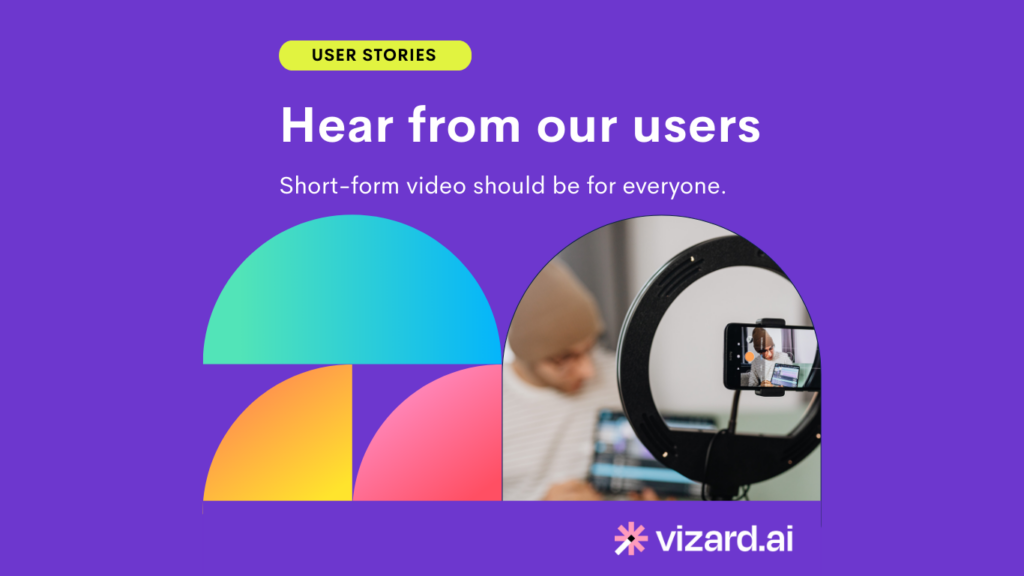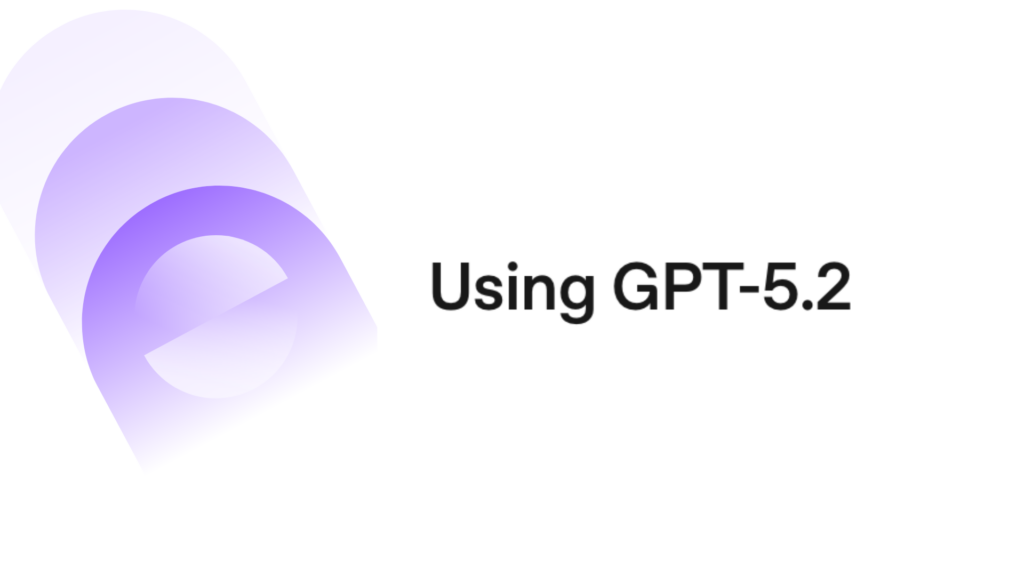Kling AI has made waves in the AI video space, especially for avatar-led content and synthetic media. But many creators, marketers, and businesses need more practical tools for generating or editing authentic, branded, and social-first videos. In this guide, we cover the 10 best alternatives to Kling AI, spanning AI-powered editors, generative models, and creative video tools — with Vizard.ai ranked #1 for its balance of automation, branding, and simplicity.
1. Vizard.ai
- Intro: Vizard.ai transforms long-form content like webinars, podcasts, and interviews into polished short clips automatically, complete with captions and branding. Unlike Kling AI’s avatar focus, Vizard works with authentic footage — making it ideal for thought leadership, product demos, and B2B marketing.
- Pricing: From $18/month (Free trial available)
- Pros:
- AI scene detection & auto-clipping
- Auto-subtitles styled for LinkedIn, TikTok, Instagram
- Brand kit support for logos, fonts, colors
- Cons:
- Not designed for avatars
- Limited advanced VFX tools
- Requires internet connection
- Best Use Case: Repurposing authentic long-form content into short, branded social videos
2. HeyGen
- Intro: HeyGen is one of the most popular AI avatar video makers, offering lip-syncing, multi-language support, and realistic talking-head videos. It’s a great Kling AI alternative for script-based content such as product explainers or training materials.
- Pricing: Free plan available; Pro from $29/month
- Pros:
- Realistic lip-syncing avatars
- Multilingual support
- Easy to generate video from text
- Cons:
- Avatar-driven, less authentic for social
- Visuals can feel repetitive
- Not designed for editing real footage
- Best Use Case: Explainer and corporate communication videos
3. VEED.IO
- Intro: VEED.IO is a browser-based editor with AI features like auto-subtitles, text-to-speech, background removal, and translations. It’s practical for creators and teams who want quick AI editing features layered into a traditional editing workflow.
- Pricing: Free plan available; Pro from $18/month
- Pros:
- Fast AI-powered subtitling
- Screen recording and translation tools
- No software download required
- Cons:
- Limited generative features vs. Kling AI
- Advanced features locked in higher tiers
- Less creative than Runway ML
- Best Use Case: Editing and captioning user-generated or product demo videos
4. Runway ML
- Intro: Runway ML is a creative AI suite used by filmmakers and marketers for generative video, motion tracking, and AI-powered effects. It’s one of the most advanced options for experimental storytelling and high-end creative work.
- Pricing: From $15/month
- Pros:
- Cutting-edge generative AI models
- Advanced motion tracking & VFX
- Used in professional film workflows
- Cons:
- Steep learning curve
- Time-intensive workflows
- Less practical for social-first marketing
- Best Use Case: Creative professionals experimenting with generative storytelling
5. Pika Labs
- Intro: Pika Labs is an emerging AI model that generates videos from text prompts, similar to MidJourney but for motion. It’s quickly becoming a go-to for creators experimenting with cinematic and imaginative AI video outputs.
- Pricing: Freemium (subscription for advanced features)
- Pros:
- Text-to-video generative capabilities
- High creative flexibility
- Community-driven development
- Cons:
- Output can be inconsistent
- Not business-focused
- Limited editing or branding tools
- Best Use Case: Creative text-to-video generations for storytelling
6. Kaiber
- Intro: Kaiber lets users generate music videos and stylized content from prompts, making it a creative-focused alternative to Kling AI. It’s popular among artists, musicians, and creators experimenting with visual identity.
- Pricing: From $10/month
- Pros:
- Creative, artistic styles
- Strong in music/visual pairings
- Simple interface for AI generations
- Cons:
- Not corporate or business-focused
- Stylized results may lack polish
- Limited customization control
- Best Use Case: Generating stylized, artistic AI videos for music or branding
7. Synthesia
- Intro: Synthesia is a leading AI avatar video generator with 120+ languages and realistic presenters. It’s widely used by enterprises for training, HR, and internal communications.
- Pricing: From $22/month
- Pros:
- Wide library of avatars
- Multi-language support
- Easy text-to-video
- Cons:
- Robotic delivery at times
- Limited creative freedom
- Less engaging for social media
- Best Use Case: Training, onboarding, and corporate explainers
8. Lumen5
- Intro: Lumen5 uses AI to convert blogs, scripts, and text into animated explainer videos. It’s ideal for marketers repurposing written content into professional B2B video.
- Pricing: From $19/month
- Pros:
- Simple text-to-video
- Clean, corporate animations
- Great for LinkedIn marketing
- Cons:
- Output feels like slideshows
- Not for real footage
- Limited creative flexibility
- Best Use Case: Repurposing blogs into LinkedIn-friendly video content
9. Wisecut
- Intro: Wisecut automates editing by removing silences, adding subtitles, and syncing music. It’s an AI cleanup tool for polishing product demos, tutorials, or personal videos quickly.
- Pricing: From $10/month
- Pros:
- Auto silence removal
- Auto captions & translations
- Background music syncing
- Cons:
- Limited branding
- Needs strong raw footage
- No generative AI visuals
- Best Use Case: Polishing demos, tutorials, or recorded trainings
10. Kapwing
- Intro: Kapwing has integrated AI features into its online editor, including auto-resizing, AI clip selection, and AI-generated subtitles. It’s a versatile tool for teams creating branded social content at scale.
- Pricing: Free plan; Pro from $16/month
- Pros:
- AI clip suggestions
- Fast, browser-based workflow
- Team collaboration tools
- Cons:
- Limited compared to full generative models
- Watermarks on free version
- Advanced features gated behind Pro
- Best Use Case: Social media managers creating branded short-form content at scale
Conclusion
While Kling AI and avatar-first platforms like HeyGen and Synthesia are useful for scripted explainer content, they lack authenticity for social-first, brand-driven storytelling. Vizard.ai solves this by taking real footage and automatically generating short, branded clips optimized for LinkedIn, TikTok, and Instagram — making it the most practical Kling AI alternative for marketers, founders, and content teams.
FAQs
1. Why switch from Kling AI to a different tool?
Kling AI is avatar-focused, but many creators need authentic, branded video editing and repurposing tools.
2. How does Vizard compare to HeyGen or Synthesia?
HeyGen and Synthesia generate avatars, while Vizard works with real video, making content feel more genuine and engaging.
3. Which tools are best for creatives?
Runway ML, Pika Labs, and Kaiber are ideal for experimental storytelling and artistic video generations.4. Which are best for businesses?
Vizard, VEED, Synthesia, and Kapwing are best for marketing, training, and branded corporate video.








